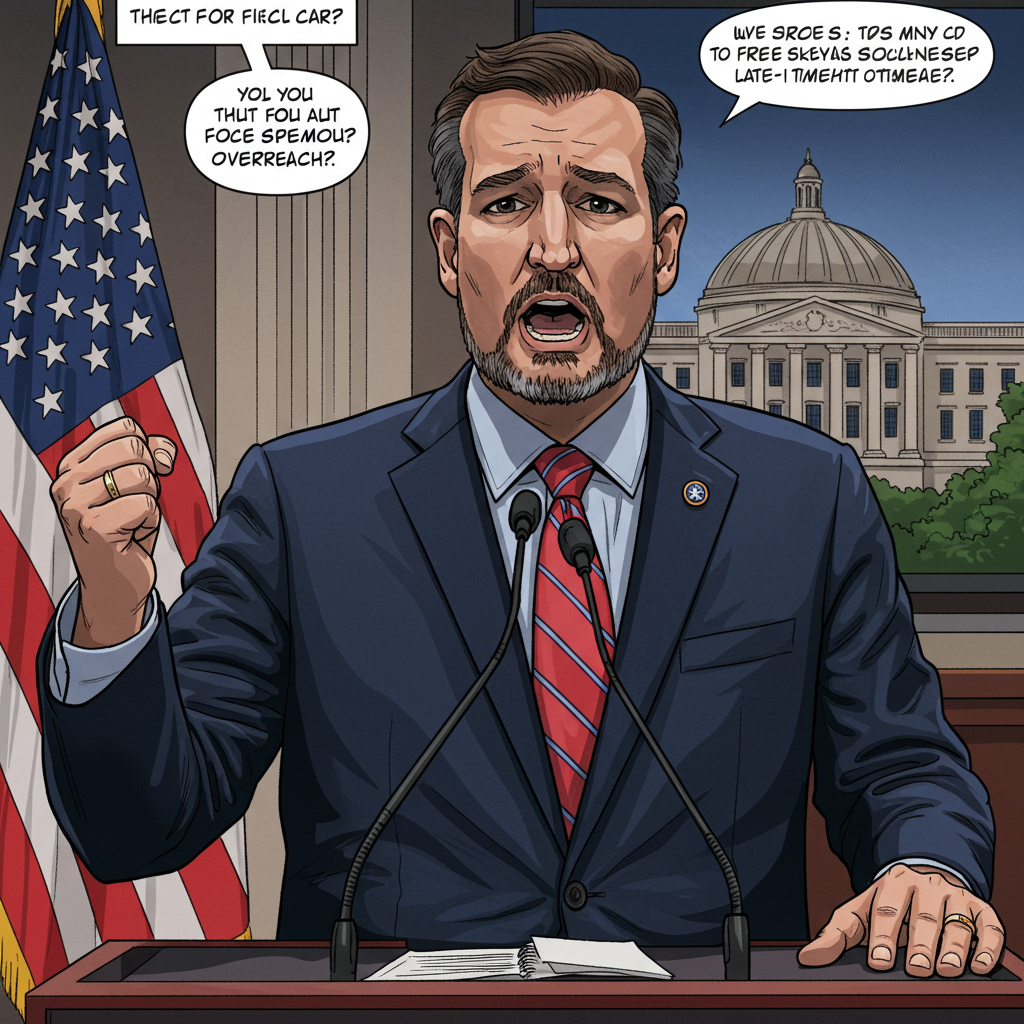U.S. stock futures saw a significant boost early Tuesday, driven by reports from President Donald Trump indicating a ceasefire had taken effect between Israel and Iran. This development signaled a potential easing of geopolitical tensions in the Middle East, prompting a notable shift towards “risk-on” assets across global markets.
Futures tied to the Dow Jones Industrial Average climbed over 300 points, while S&P 500 futures and Nasdaq 100 futures also posted solid gains, continuing the positive momentum from the previous session.
Geopolitical Tensions Ease, Markets React
The catalyst for Tuesday’s market optimism was President Trump’s announcement, notably shared via Truth Social around 1 a.m. ET, stating, “THE CEASEFIRE IS NOW IN EFFECT. PLEASE DO NOT VIOLATE IT!” This followed an earlier announcement by Trump, which Israel had reportedly confirmed. Later Tuesday morning, Trump reiterated the truce was holding, saying, “ISRAEL is not going to attack Iran,” and even mentioned plans turning around.
This apparent de-escalation immediately reduced fears of a wider regional conflict that could disrupt global supply chains, particularly oil. As a direct result, oil prices plummeted. Both Brent crude and West Texas Intermediate (WTI) futures dropped sharply, falling by more than 3% and reversing recent gains that had pushed WTI futures to their highest levels since January overnight. The dramatic decline reflected the market shedding the geopolitical risk premium built into energy prices.
Beyond oil, the reduced appetite for safe-haven assets also saw gold prices decline and the U.S. dollar index slide slightly.
Analysts quickly commented on the market pivot. Traders at JPMorgan noted that with the Israel/Iran situation seemingly defused, the market was expected to resume its focus on fundamental economic factors like earnings reports, monetary policy, and potential changes to tariffs.
Building on Monday’s Strength
Tuesday’s positive open built upon strong gains seen on Monday. Major averages jumped after Qatar’s Defense Ministry reported intercepting Iran’s retaliatory strike on a U.S. military base. Analysts viewed Iran’s targeting of military assets, while crucially avoiding vital shipping lanes like the Strait of Hormuz, as a signal of a potential desire to de-escalate, further calming market nerves even amidst the exchange.
Key Market Events and Underlying Risks
While the ceasefire news provided immediate relief, the situation remains fluid. Reports later emerged that both Iran and Israel had violated the truce, leading President Trump to express his “unhappy” disposition regarding the breaches.
Beyond geopolitics, market attention is also firmly fixed on Federal Reserve Chairman Jerome Powell’s upcoming testimony before Congress. Powell is set to present the central bank’s monetary policy report to the House Financial Services Committee on Tuesday and the Senate Banking Committee on Wednesday. His appearance comes amid significant pressure from the White House to cut interest rates. President Trump publicly criticized Powell ahead of his testimony, calling him “very dumb, hardheaded” for maintaining the current interest rate target range and arguing lower rates would save the U.S. significant money. Markets will be closely watching Powell’s comments for any signals regarding the potential timing of future rate cuts, especially after recent remarks from some Fed officials suggesting a case could be made for action as early as July.
Despite the initial market surge, analysts caution that risks remain. Barclays warned that the Middle East conflict still poses acute risks, and any renewed escalation could spark volatility and potential de-risking by investment funds.
In corporate news, Dollar General shares ticked lower in pre-market trading following a downgrade from Goldman Sachs, citing the stock’s significant recent rally (over 30% in Q2) as having largely priced in its improved fundamentals. After-hours trading also saw movements in stocks like KB Home and Chewy following company-specific news.



